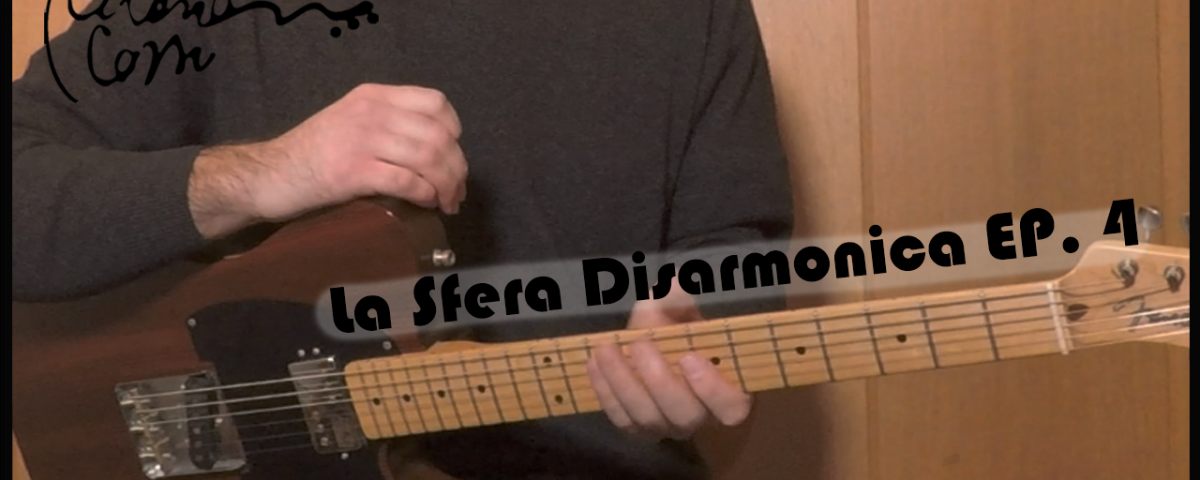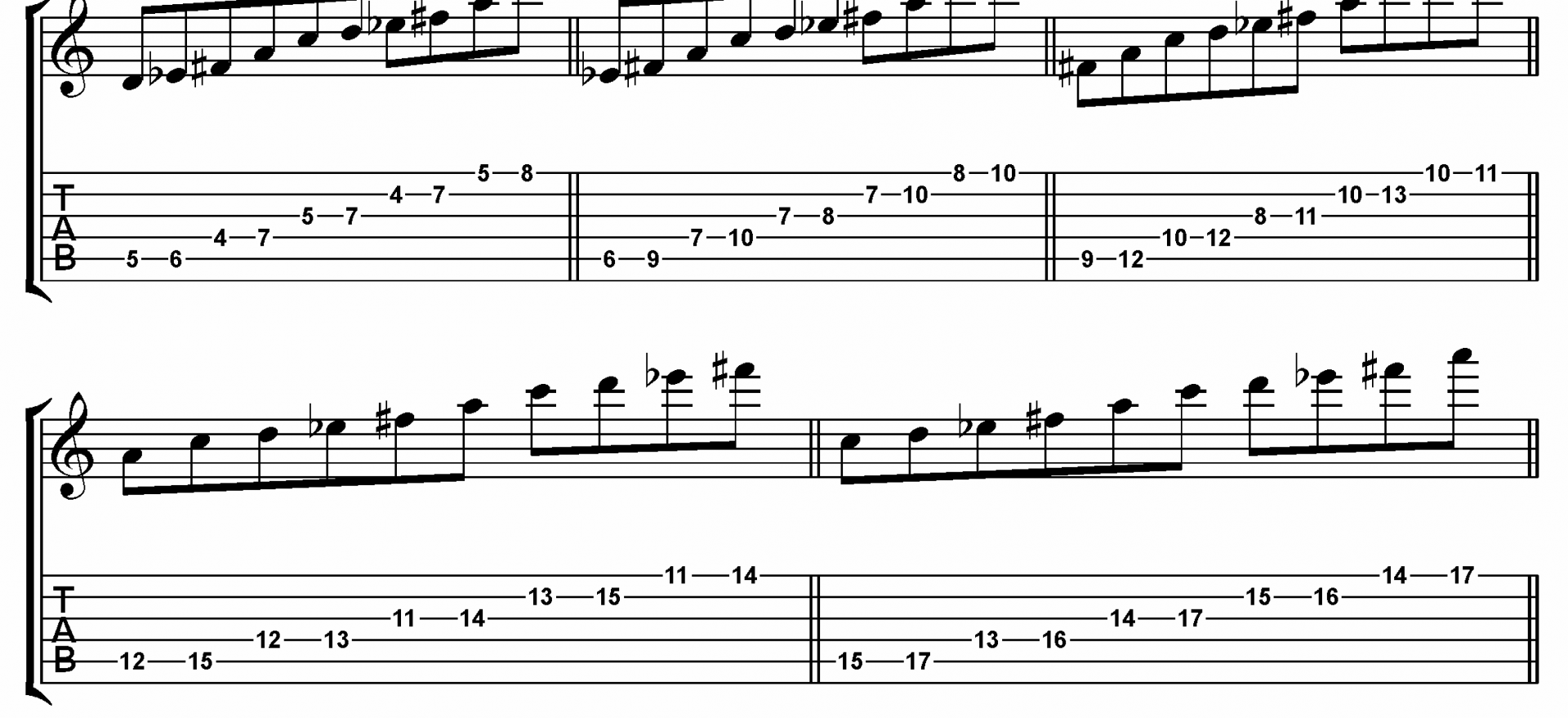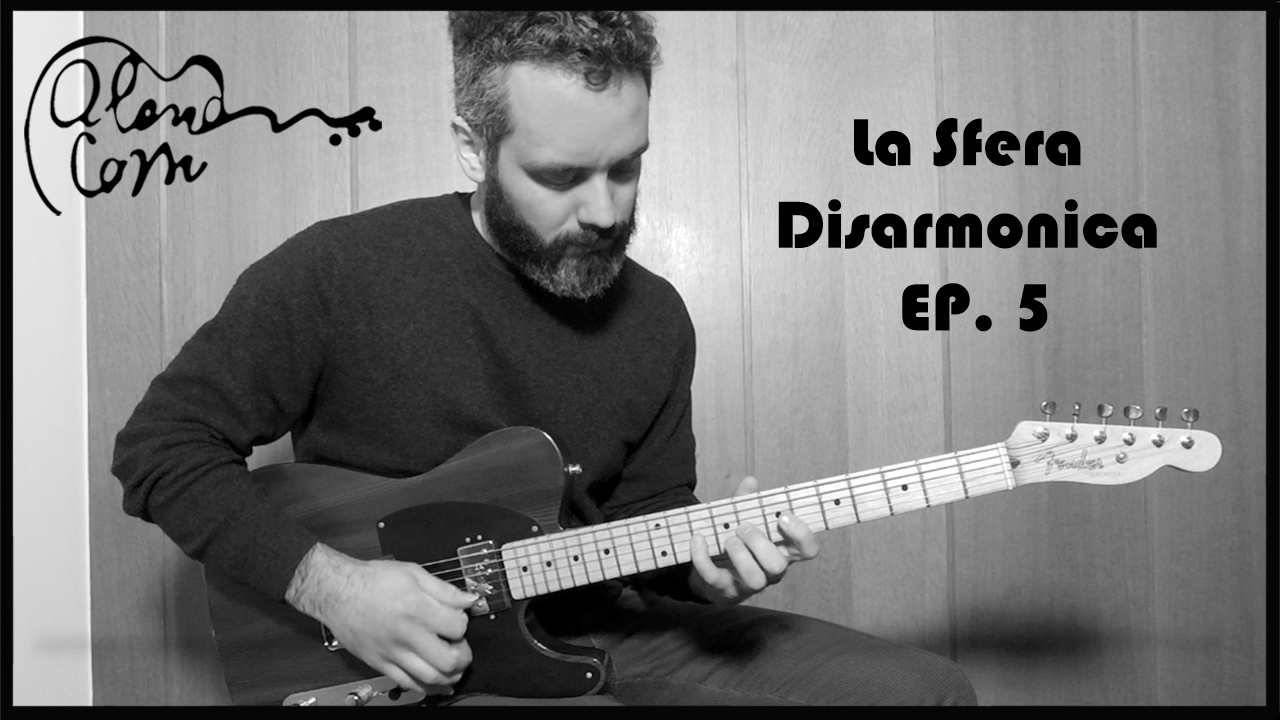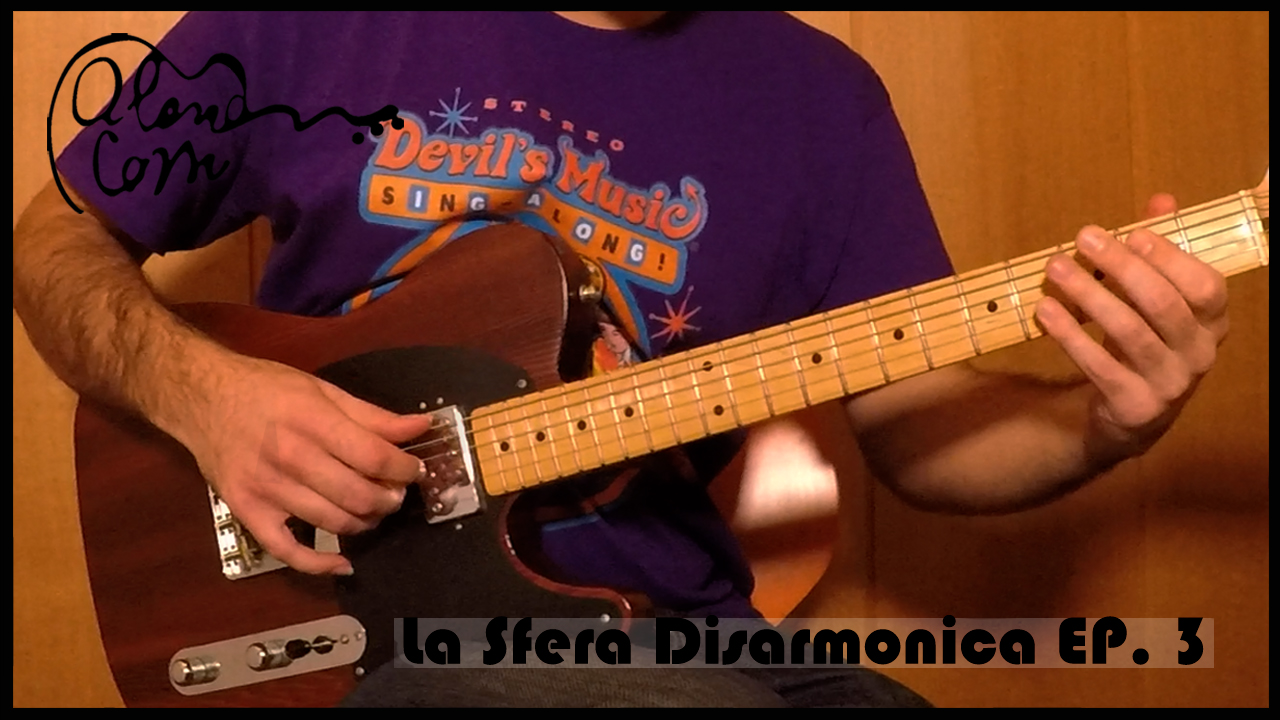
THE MINOR MODE
1 Marzo 2019Dictionary of Musical Terms
15 Marzo 2019Let’s Talk About Rhythm
So, right now we’ve talked about the tonal system from a melodic and harmonic point of view (major and minore scales; Tonic, Subdominant and Dominant functions).
I guess it’s time to say something about rhythm.
Basically, rhythm is what gives a musical meaning to the pitches and chords of the scale we play. Rhythm, melody and harmony are all parts of what we call music and it’s not possible to think of these elements without relating one to the others.
To Make an Example…
we can imagine we are going down a road with our car; this road will then have its direction: some curves, some straight track, etc.
In music we can think of this road as the harmonic development of a piece, with its alternation of consonances and dissonances, of moments of tension (given by chords of the Dominant area, for instance) and calm (Tonic area).
Metre is what defines how our drive is going to be. It is like the “rhythm of the measure” that defines some kind of regularity. A regular metre could be compared to a nice paved street, while a music with no metre or an ever-changing one (like in some contemporary music) is closer to a dirt road where there’s no way you could relax.
Even if driving without falling off the wagon, we can still decide wether to respect the speed limit or not, zig-zagging all over the place or go straight on.
All these elements define how our journey will be, doesn’t matter if it’s a car drive or a musical one.
Some Clarity on Terms
By rhythm I hereby mean any sequence of musical durations forming a defined musical idea. These durations could have a definite pitch or it could be a percussive rhythm (any hearable sound would have some kind of pitch anyway).
Beat is different in that it is the regular pulse we choose as a unit of measure (the beat of the metronome). An example of a regular pulsation is the sequence of our steps when we walk (in fact terms like andante, veloce or lento used in music to define the character of a piece had been introduced with a reference to our natural movement, by thinking of the different speeds we can give to our pace).
Measure defines how often the strong accent occurs: every 2, 3, 4, 5 beats, etc.
Finally, division tells us how many movements are inside each beat: if 2 we call it a binary metre, if 3 ternary. (Right now I’m not considering neither groups of more than 3 notes per beat -that is semiquavers or further divisions, nor irregular groups)
To show how all this actually works, I wrote this example:
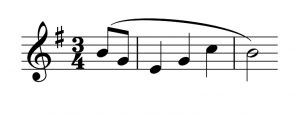
Even in such a brief fragment there are many elements we can consider: we can say that since the key signature has an F# we are either in G Major or E minor (as it is the case here), that the strong accent returns every 3 beats and that the melody is built on a E minor arpeggio, starting on a weak beat with a descending and then ascending movement.
If we take all these elements and we get rid of the melodic aspect we come up with:
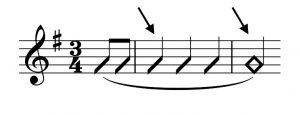
Here I’ve kept the bar lines so that the strong accents still occur in the same places of the mootive.
But what if we had no metre?
Beat and Rhythm
By making a parallel with language and literature, we can say that a rhythm is what a verse is in poetry: it is an independent element with a precise character, given by a defined sequence of long and short syllables (or musical values in music).
In music rhythm doesn’t depend on time or measure. That means we can think of a rhythm without thinking of a measure or without having a regular beat. We can have a free rhythm, without any desire for a clearly intelligible regularity.
Still, we do the same when we talk.
Or just think of free jazz.
A Practical Example
Choose a time (that is, a regular beat of a certain number of bpm) and keep it steady. Imagine you can only play (or sing) short and long notes. Short notes are one-beat long, while any value of two or more beats is long.
Play freely, without worrying of the measure being regular.
For example you could play:
![]()
Even if we try to play all the notes with the same intention, long notes will be perceived as being more important and so having a stronger accentuation.
This is much more evident when we relate this rhythm to a melody.

Beat, Rhythm and Measure
The moment we decide for a regular return of a strong accent after 2, 3 or 4 beats we are defining a metre.
2-beats metre

3-beats metre

4-beats metre

Now try to repeat the same rhythm with different pitches. This way you will get a different melody every time while maintaining the same rhythmical scheme.
For instance, if we take the first motive I wrote:

Beat, Rhythm and Division
The following step is to add notes shorter than the beat (the division). Let’s make some examples.
Simple metre (binary division):
![]()
Compound metre (ternary division):
![]()
Still, there is no evidence of a precise metre, because strong accents occur with no regular scheme.
Beat, Rhythm, Measure and Division
If we now take a rhythm that uses long (two or more beats), short (one beat=crotchet) and shorter (half or third=quaver in simple or compound metre) notes with a regular return of the strong accent, we are getting closer to the typical musical situation we are used to.
2-beats measures:

3-beats measures:

It’s Not Finished Yet
At a higher level, rhythm is expressed through motives, phrases and periods and even through the sections of a composition. But this is something I’ll be dealing with another time.
There’s also something else missing from the equation: phrasing. This too will be talked about at a later time.
I don’t know how you feel about all this, but I can tell you they’re not irrelevant issues. If you make all this clear in your mind, you can have a better understanding of what you are doing (or not doing) when playing. This also means more control of the expressive means of music.
Many times rhythm gets confused with measure. When asking to a student to read a chart it can happen than his sight gets closed into the bars of the measure while many times the beginning and end of a phrase do not correspond to those of the bar. If you stop a phrase in the middle just because you see the bar line, its meaning will be lost or misread and so will be that of your playing.
Measure is the scheme where a rhythm is fitted
All of this was just to say that rhythm comes before metre and its musical value comes from accents, choice of pitches, phrasing and from the harmony implied by all these elements. The measure is our way of understanding and controlling it.
DO’S (Some Ideas For Practicing)
- Move freely up and down a scale of your choice, trying to follow a musical idea (free rhythm);
- Play using only notes of one or more beats long; after that also think of the division;
- Play using only notes of one or more beats long, giving a strong accent after 2, 3 or 4 beats, without thinking of a defined or fixed harmonic sequence;
- Play some phrases using the same rhythm over an harmonic sequence.
DON’TS (Ideas That Are Not So Good)
- Play by thinking just of the measure, without consideration for the unity of the phrases (where a musical idea starts and ends);
- Think of every note as not being related to the others, instead of as being part of a phrase;
- Play without thinking of the dynamic and accents.
BIBLIOGRAPHY
- Hauptmann Moritz – The Nature of Rhythm and Metre;
- Lussy Mathis – Traitè de L’Expression Musicale;
- Rudzinski Witold, Il Ritmo Musicale. Teoria e Storia.


